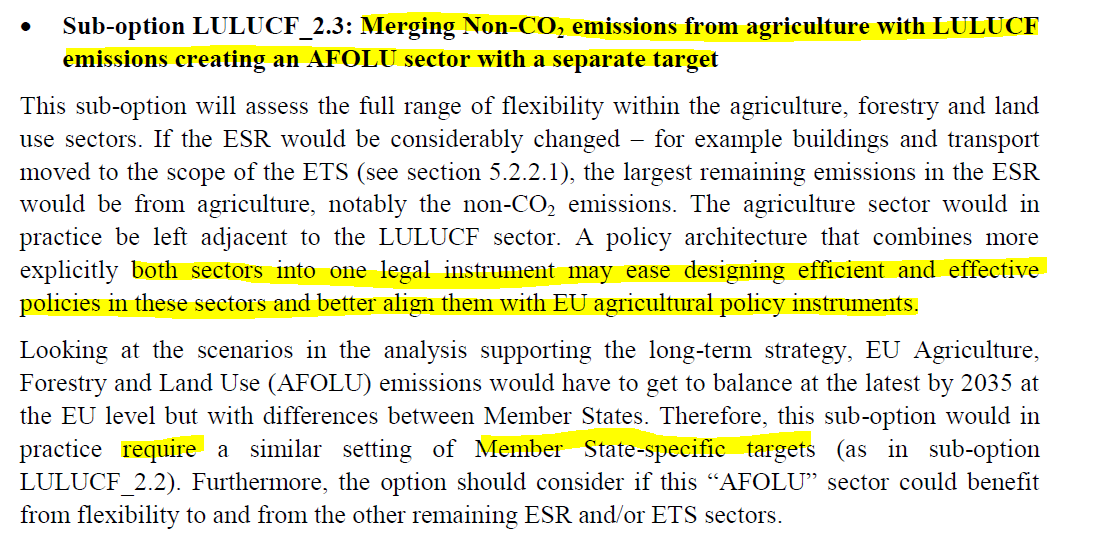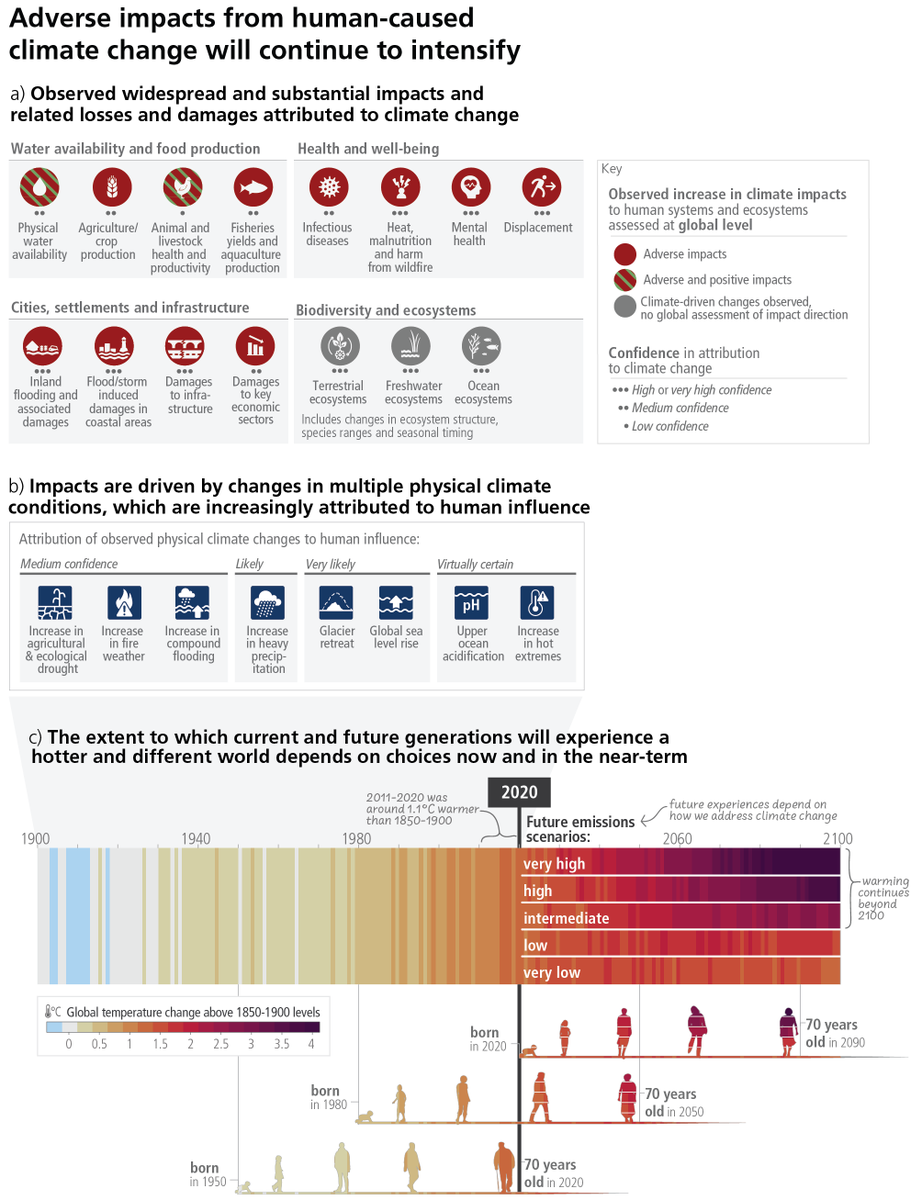EU #Climate Target Plan 2030 and accompanying impact assessment now out
ec.europa.eu/clima/policies…
ec.europa.eu/clima/policies…

Scanning for removals-related issues in #EU2030 impact assessment...
This - creating an AFOLU pillar (LULUCF + agricultural non-CO2 emissions) - seems a sensible approach. Could help to clearly distinguish roles of ecosystem-based & technological CO2 removal in EU #climate policy
This - creating an AFOLU pillar (LULUCF + agricultural non-CO2 emissions) - seems a sensible approach. Could help to clearly distinguish roles of ecosystem-based & technological CO2 removal in EU #climate policy

Why suddenly all the talk about non-CO2 from agriculture? That's because these are projected to form the largest bloc of remaining ('residual') emissions in 2050 (if everything else - in power, transport, industry sectors - works out as planned) 

EU is already removing CO2 (mainly forestry), and ecosystem-based CDR is expected to deliver major share of removals in 2050, with tech-CDR (BECCS & DACCS) slowly phasing in from 2035 onwards 

There's nothing on tech-CDR in @EU_Commission's new 2030 target plan, but that doesn't mean Member States couldn't push for it.
Denmark has already called for inclusion of CDR in new ETS directive. But there hasn't been much analytical work so far ifw-kiel.de/experts/ifw/wi…
Denmark has already called for inclusion of CDR in new ETS directive. But there hasn't been much analytical work so far ifw-kiel.de/experts/ifw/wi…

In the long run, there's no way around technological CDR (BECCS, DACCS, EW...) since @EU_Commission (rightly) assumes that EU will go deeply net negative after 2050, and ecosystem-based CDR comes with a lot of issues, e.g. saturation and permanence
https://twitter.com/Oliver_Geden/status/1278240902595608577
• • •
Missing some Tweet in this thread? You can try to
force a refresh
















